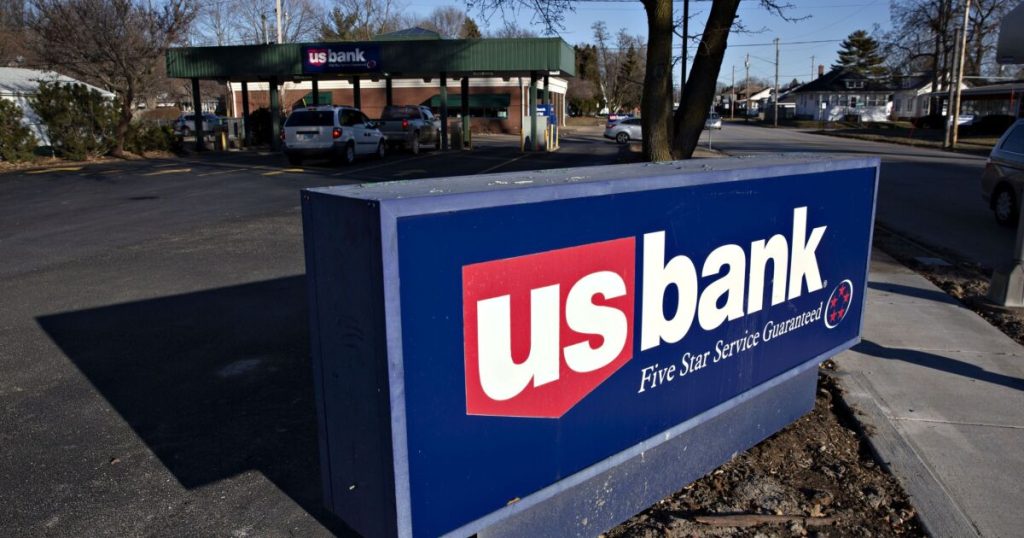UPDATE: This article includes information from the company’s earnings call and an interview with Chief Financial Officer John Stern.
Wall Street isn’t convinced. The bank’s stock neared a low of $47.20 in regular trade after the fourth-quarter earnings were reported Thursday and was recently down 4.8% at $48.20.
The Minneapolis, Minnesota-based bank said it expects to see revenue climb and expenses stay flat in 2025, leading to a 200-basis-point uptick in operating leverage. After spending more than it earned for several years, the bank is sticking to its previously announced goals following a period where it “met or exceeded expectations in virtually all areas,” Chief Financial Officer John Stern told American Banker after the company’s earnings call.
Chairman and CEO Andy Cecere said on the earnings call that the fourth quarter “showcased commitment to execution.”
“2024 was a pivotal year for the company in many ways and marked a very important inflection point in our story,” Cecere said. “Going into the year, there was much uncertainty with respect to the broader macroeconomic environment, persistent inflation, significant rate volatility, political and regulatory headwinds.”
Now that it’s begun turning performance around, keeping expenses relatively flat and seeing the benefit of payment service fees and trust and investment management business, the bank is guiding toward a strong 2025.
Stern said after managing expenses — rejiggering real estate, focusing third-party strategies and optimizing workflows and automation — the bank has the right levers to steer costs toward positive operating leverage in any revenue environment.
“After so long of not having positive operating leverage, it’s kind of a show-me story,” Wells Fargo analyst Mike Mayo said on the earnings call.
The bank projected a 3% to 5% rise in revenue in 2025, after that figure fell by 2.4% in 2024.
Keith Horowitz, an analyst at Citi, said he thinks
Key to its top line will be the company’s payments business, as the industry continued to struggle with tepid loan growth. Cecere said on the earnings call that the “interconnectedness” of banking and payments is crucial and profitable.
“We have a deep conviction that money movement needs to be at the center of a financial relationship with the clients, surrounded by banking capabilities,” Kedia said on the call.
In September,
The prospect of a transformation story landed. Earlier this week, Piper Sandler analyst Scott Siefers upgraded his rating on
Siefers said that despite
“USB seems to us an attractively valued ‘show me’ story with a low bar,” Siefers wrote. “We see little downside given the company’s defensive characteristics and already discounted valuation. But should the company indeed deliver on improved operating leverage, we see an opportunity to capture some valuation improvement over the course of the year.”
Even as the bank’s progress is pacing to slow and steady, the CFO said he, and clients, are also optimistic about the big-picture economic landscape.
“We’re really constructive about the economy and growth and helping our clients grow,” Stern said. “That’s really, at the end of the day, what we’re trying to do — help them. And we feel like we have the right strategies and products to do that.”
